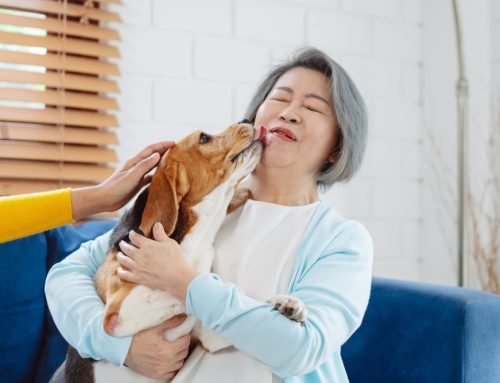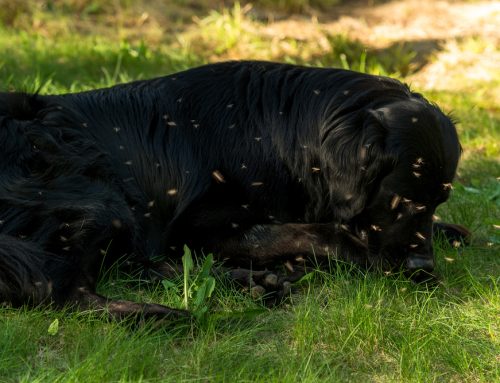This week, May 20-26, is National Dog Bite Prevention week, an event hosted by the American Veterinary Medical Association to help educate the public about the nearly 5 million dog bites that occur every year.
According to the AVMA 4.7 million people in the US are bitten by dogs each year, and over 800,000 Americans seek medical attention for those bites. Of those, about half are children, with the most at-risk age group being 5-9. Most of these bites occur during every day activities while these children are interacting with familiar dogs. Senior citizens are the second most commonly affected group.

The thing about dog bites is that many, if not most, are preventable. The AVMA has created a great public health bulletin with great tips and resources for people. Here are the top three tips that can help to prevent bites:
- Learn to recognize a dog’s body language. The chart to the right gives a good summary of doggie language basics. If you want some more in depth descriptions of what certain behaviors mean, here’s a great article from the ASPCA.
- Never (ever, ever, ever!) leave a small child alone with a dog. Even if your dog is the world’s biggest softy, it’s never a good idea to leave him unattended with a child. Most dog bites happen while dogs and children are left alone together, even if it’s only for a few minutes.
- Teach kids how to properly interact with dogs. When approaching a dog, children (and adults) should use the acronym “WAIT” to remind themselves of proper doggy etiquette:
- W – Wait to see if the dog looks friendly. If the dog looks afraid or angry, STOP and walk away slowly.
- A – Ask the owner for permission to pet the dog. If the owner says no or there is no owner present, STOP and walk away slowly.
- I – Invite the dog to come to you to sniff you. Put your hand to your side with your fingers curled in. Stand slightly sideways and dip your head down so you are not looking directly at the dog. If the dog does not come over to sniff you, STOP and do not touch him.
- T – Touch the dog gently, petting him along his back while staying away from his head and tail.
The goal is not to be afraid of meeting new dogs, but of being respectful of the dog’s personal space. If we all follow these tips maybe we can all stay a little safer around our furry friends.








Leave A Comment